Building a custom file taxonomy for your digital asset library is one of the biggest milestones when implementing and launching a digital asset management solution for your team.
When done right, organizing and finding digital assets becomes a breeze. But where to start, and how do you make sure you create a digital asset management taxonomy that is tailored to your team's exact needs? In this blog, we’ll look at some DAM taxonomy best practices—let's begin with the basics.
What is digital asset management taxonomy?
Think of digital asset management (DAM) taxonomy as creating a neat and organized system for your digital assets. It's like giving everything a specific place so you can easily find it later.
Taxonomy is like a set of labels or categories that help you organize and find your digital assets. When you use a DAM system, the first thing you do is set up a taxonomy so that your photos, videos, product images, documents, or other files are easy to discover.
Taxonomy is made up of words or phrases that describe your digital assets. These words create a special language that your team uses to name, sort, and locate content. This helps everyone stay on the same page and find things quickly.
In DAM taxonomy, you also have metadata. Metadata is extra information that you add to your assets, such as descriptions, dates, and how the asset is used. It's like adding notes to your digital items to help you remember more about them.
Why is DAM taxonomy important in 2025?
DAM taxonomy is like organizing your digital files in a smart way. It helps people find what they're looking for easily. Think of it as putting things inside compartments within labeled boxes so you can quickly grab what you need.
Some use categories, like sorting photos into different folders. Others use metadata, which is like adding tags or labels to describe files. You can even mix both!
If you’re a marketer, this scenario is probably going to sound familiar. Imagine you're looking for an asset to add to your next campaign, but you're not sure which one. A good taxonomy lets you discover assets you didn't even know you had. It's like finding hidden treasures in your digital storage.
Everyone has their own way of organizing stuff. The key is to make sure your taxonomy helps people within your organization find assets in your DAM system when they need them. Let's check out some tips to create a helpful taxonomy for your brand.
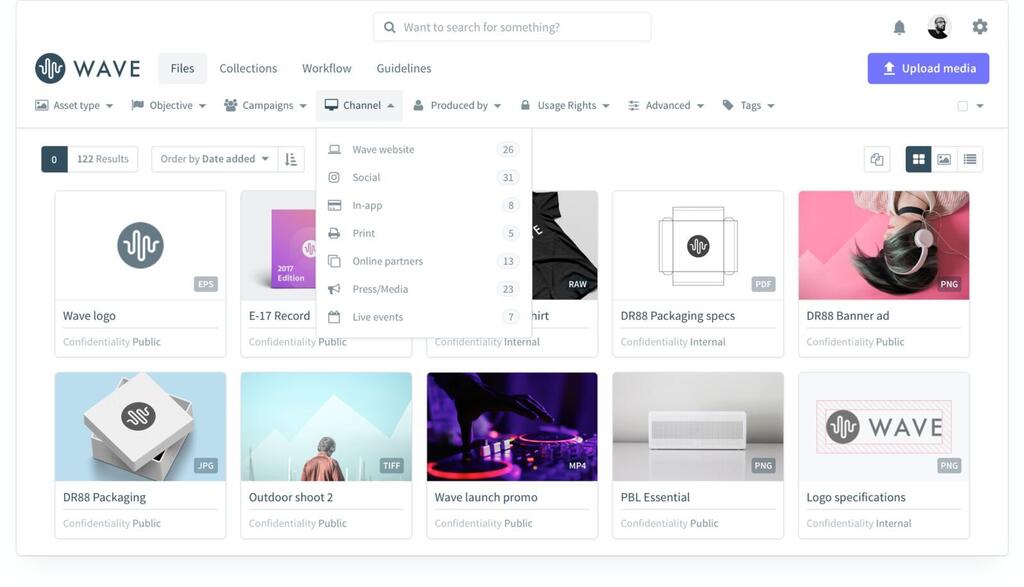
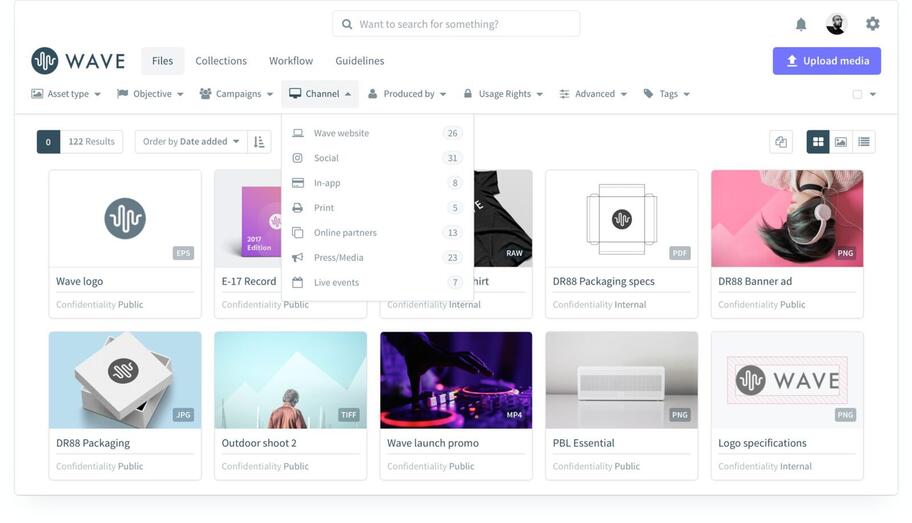
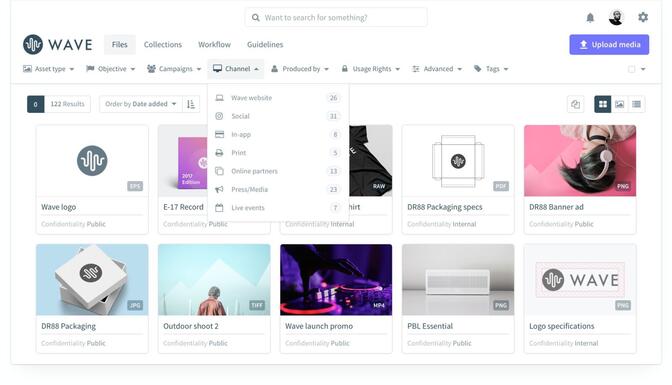
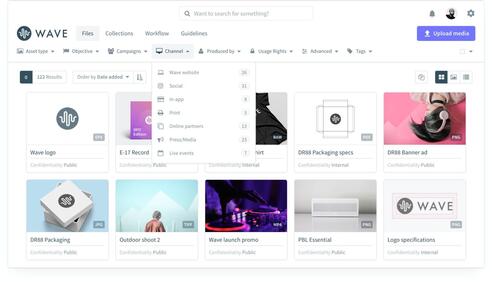
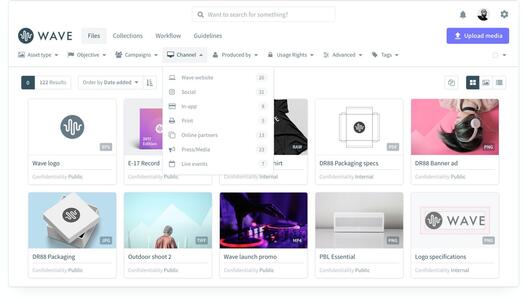
What are the main steps to building a taxonomy?
1 - Understand your users: It's essential to talk to the people who’ll rely on your taxonomy the most. Learn how easy or hard it is for them to find assets, what issues they face, and what would make their lives easier.
2 - Audit your assets: Assess your assets based on what you want your platform to help you achieve in the short and long term. After auditing all your assets and seeing how people interact with them, you can start thinking about how to set up your taxonomy.
3 - Make controlled lists of terms: Consider this the brainstorming phase of your taxonomy implementation. You can start by creating simple lists of options that belong to categories.
4 - Create a taxonomy: Now that you've figured out your categories, it's time to pick a way to organize them. Decide which groups will be at the top level, like the main ones, and which ones will be one level below, like sub-groups.
Important questions to help you develop a content taxonomy
Here are a few questions that will help to pinpoint current challenges, opportunities, and ways of working you'd like to improve.
- How do users currently search for files in your team? (i.e. Do they click through folders on a shared drive? Maybe ask a particular colleague to have digital assets emailed to them?)
- What are the pain points your organization experiences when searching in your current organizational system? How would your team members prefer to find assets?
- What high-level categories of information would be useful for your organization to search or filter on? (i.e. department, product, project, region, season)
- Does your organization use a file naming convention? If so, what are the current rules? What works, what doesn't?
- What kind of digital assets will be stored in the DAM? Mostly images? Videos? Design materials?
- Describe the content of the assets when applicable (i.e. contains product shots, brand guidelines for the marketing team, works-in-progress or finished assets )
- Describe how users will use the assets, when applicable. (i.e. on social media, partner enablement, in a marketing campaign, internal use only)
How do I begin configuring my taxonomy?
Consider the following steps as you begin building out your taxonomy:
- List the high-level categories (fields) you listed in response to questions three and five. If applicable, add the categories required by your organization’s file naming convention to this list.
- Organize these fields in a spreadsheet tool such as Microsoft Excel or Google Sheets, or mapping tool such as XMind.
- Use the data structure you created in step two to configure your DAM system and tag your assets during import.
Looking for some inspiration before you begin your own taxonomy-building journey? World-leading medical technology specialists Siemens Healthineers created a custom taxonomy for their own Bynder DAM solution that matched the "lingua franca" of their company.
On average, the time it takes to find files has less than halved; sharing content is 70% faster than before and—perhaps the most impactful benefit—Bynder is the go-to single source of truth for all marketing and communication assets, with over 13,000 Siemens Healthineers stakeholders onboarded (and growing!).
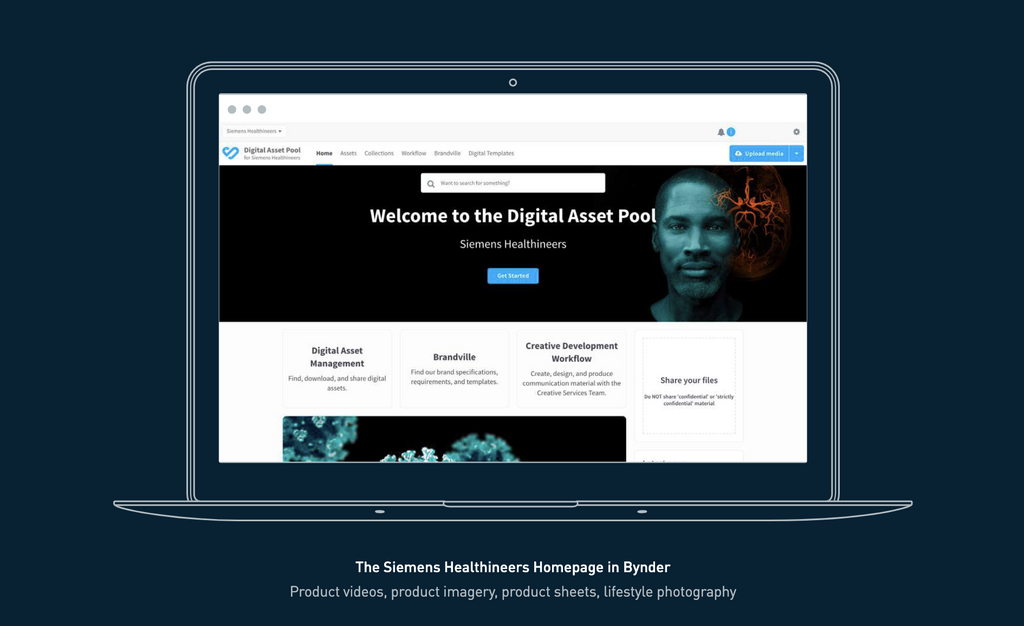
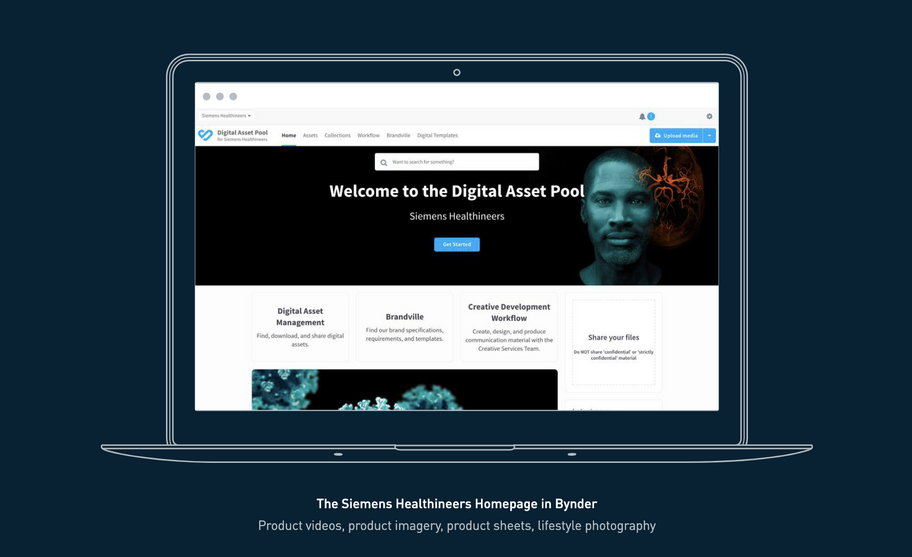
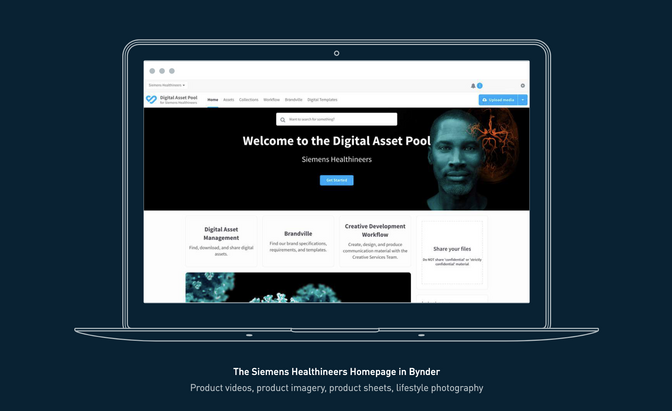
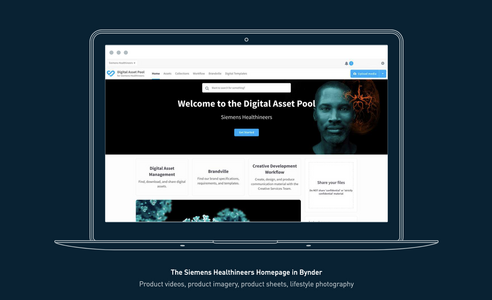
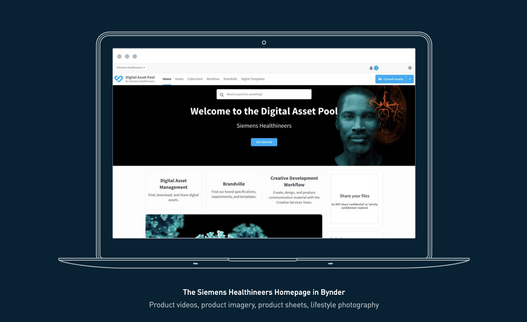
Looking for more taxonomy best practices?
Deepen your taxonomy-building knowledge with our taxonomy and metadata best practices guide.
In need of some more visual inspiration? Check out our open fruit-based DAM portal in Bynder to get a feel for how a finished file taxonomy looks.















